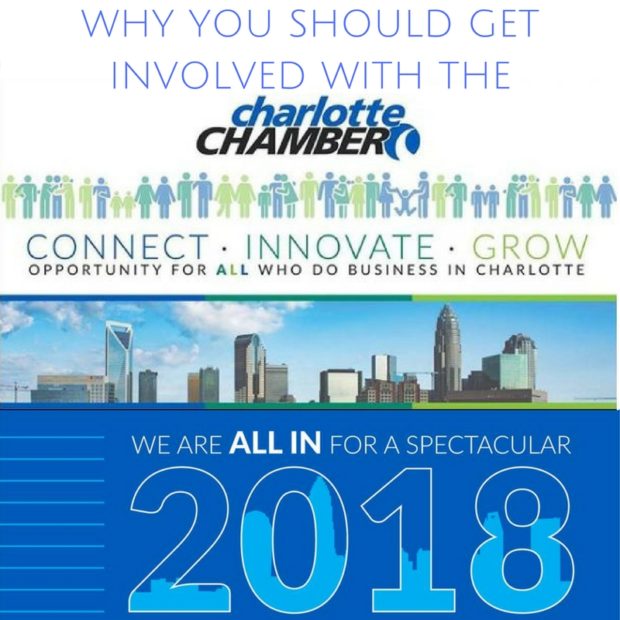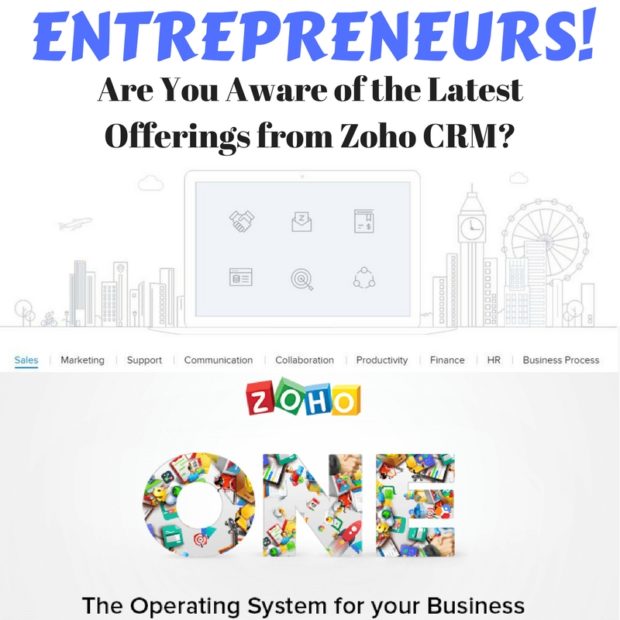If you live or do business in Greater Charlotte then you already know there’s a whole lot to be excited about in 2020 and beyond. The opportunities here are incredible, the city and state of NC in general are growing at a crazy fast pace and receiving all sorts of recognition nationally in “Best Places to Do Business” type articles. You can see for yourself (here, here, and here). Figuring out where to get plugged in or get more involved can be overwhelming, so I wanted to give you a few quick initial steps (4 to be exact) to take in the new year to kick things off, and I’ll elaborate and expand on this further throughout Q1.
Whether you’re new here, haven’t arrived yet, grew up here, or have been here for years now I highly recommend investing your time getting to know other professionals who are doing big things in business. Networking here has led to a substantial ROI for me and my businesses and I can’t encourage it enough. There are tons of organizations and resources with which to leverage at various price points and time commitments based on you and your company’s needs.
Personally, I’ve been involved in various capacities at board and committee levels with the Charlotte Regional Business Alliance (formerly the Charlotte Chamber of Commerce). I’d highly recommend it as a great place to start and get involved. However, to be fully transparent, after merging with the region’s economic development entity the organization’s mission and day-to-day focus are shifting pretty substantially. Rather than solely focusing on greater Charlotte, The Alliance now has 15 counties across both NC and SC in its purview. Needless to say, that while it’s a positive shift overall that provides incredible opportunity, the scope and reach has shifted dramatically. Serving that wide an area comes with new challenges as well however, so clearly the day-to-day operations needed to change with it.
While I still very much intend to remain involved as a member and hopefully more, it would be a disservice to you if I didn’t say the new mission has simultaneously left a pretty sizable void for those with a more narrow focus of making an impact in greater Charlotte and don’t have the resources to have a target market that expansive. Again, yet another opportunity…
This is where the Charlotte Business Group comes in. (Full disclosure: I recently joined the board in 2019 because I knew this transition was happening and wanted to prepare accordingly.) There are still a ton of business professionals who just have the capacity to focus on Greater Charlotte (it’s hard enough covering the Lake Norman to Rock Hill/Fort Mill area as it is, let alone a dozen plus other counties). So we decided to step in and do just that. We’re providing networking opportunities with our mixers, educational opportunities with our panel discussions, and we recently launched a membership program to be able to ramp up additional opportunities in the community (as well as with more focus on fostering referrals and connections but much more to come as the year rolls on). The focus will remain greater Charlotte, but everyone who wants to do business here is more than welcome to get involved. If you and your organization wants to align with that mission please reach out to me to set up a membership or sponsorship and we’ll get you plugged in.
Next up is another really non-negotiable if you’re serious about Charlotte. You need the Charlotte Business Journal in your life, by way of subscription (print and digital), attending their events, and you NEED the Book of Lists.
Charlotte Inno (formerly Start Charlotte) with their newsletter and PitchBreakfast events among others are also truly invaluable. Whether you want to learn about local start up success and origin stories, or see what other events are coming up on the horizon (they host many incredible ones themselves as well) you at least need to sign up for the newsletter and take it from there.
We’ll leave it here for now, as that’s 4 invaluable steps that you need to take in the new year if you haven’t already. But I’ll be adding much more with respect to the specific Charlotte focus moving forward (including a non-profit edition). Would love to hear your feedback on what organizations you’re involved with, what you’d recommend and to continue the conversation as it’s one that’s a major priority for me.







